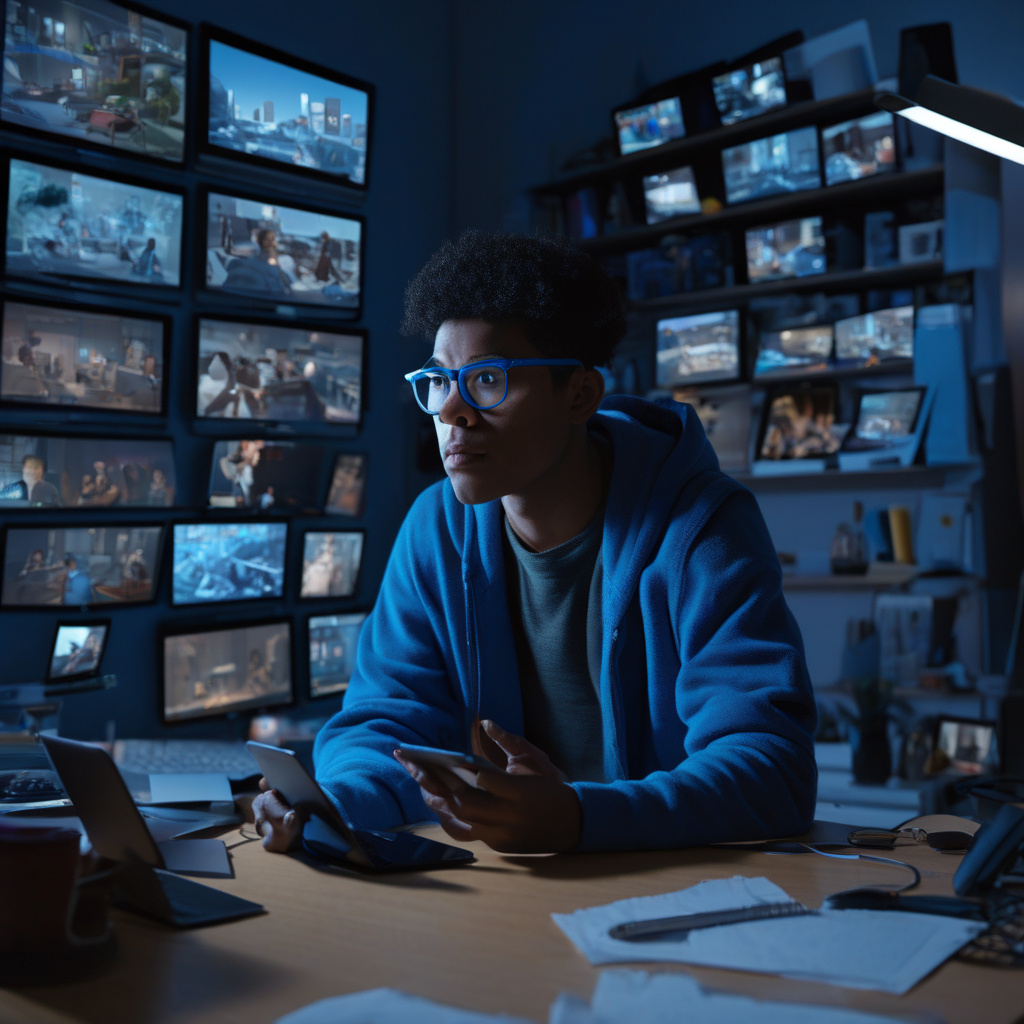Is Increased Screen Time Really Affecting Eye Sight?
In the digital age we live in, where screens are an integral part of our daily lives, concerns about the impact of increased screen time on eye health have been growing. A recent global study found a concerning rise in short-sightedness among children worldwide. The authors of the study predict that by the year 2050, nearly…
As IT and technology professionals, we are constantly glued to screens for work, communication, and entertainment. The pervasive nature of screens in our lives raises the question: is increased screen time really affecting our eyesight?
Research suggests that prolonged screen time can lead to digital eye strain, also known as computer vision syndrome. Symptoms of this condition include eye discomfort, headaches, dry eyes, and blurred vision. The blue light emitted by screens is also a known culprit in disrupting sleep patterns and potentially damaging retinal cells over time.
While the debate on the long-term effects of screen time on eye health continues, there are steps we can take to mitigate any potential risks. One effective strategy is the 20-20-20 rule: for every 20 minutes of screen time, take a 20-second break and look at something 20 feet away. This simple habit can help reduce eye strain and prevent fatigue.
Moreover, investing in blue light blocking glasses or screen filters can help minimize exposure to harmful blue light and alleviate strain on the eyes. Adjusting screen brightness and contrast settings to comfortable levels, as well as ensuring proper lighting in the room, are additional measures that can support eye health in the digital era.
Furthermore, regular eye exams are crucial for detecting any vision changes early on and addressing them promptly. Consulting with an eye care professional can provide personalized recommendations based on individual eye health needs and screen usage habits.
As we navigate the digital landscape, it is essential to strike a balance between leveraging technology for productivity and being mindful of its potential impact on our well-being. By adopting healthy screen habits and prioritizing eye care, we can safeguard our vision for the future.
In conclusion, while increased screen time may have some impact on eye health, proactive measures can help mitigate potential risks. By staying informed, practicing good screen habits, and seeking professional guidance when needed, we can enjoy the benefits of technology while safeguarding our precious eyesight.
Remember, our eyes are invaluable assets that deserve our attention and care in this digital age.
Stay tuned for more insightful articles on IT, technology, and software development from DigitalDigest.net.

